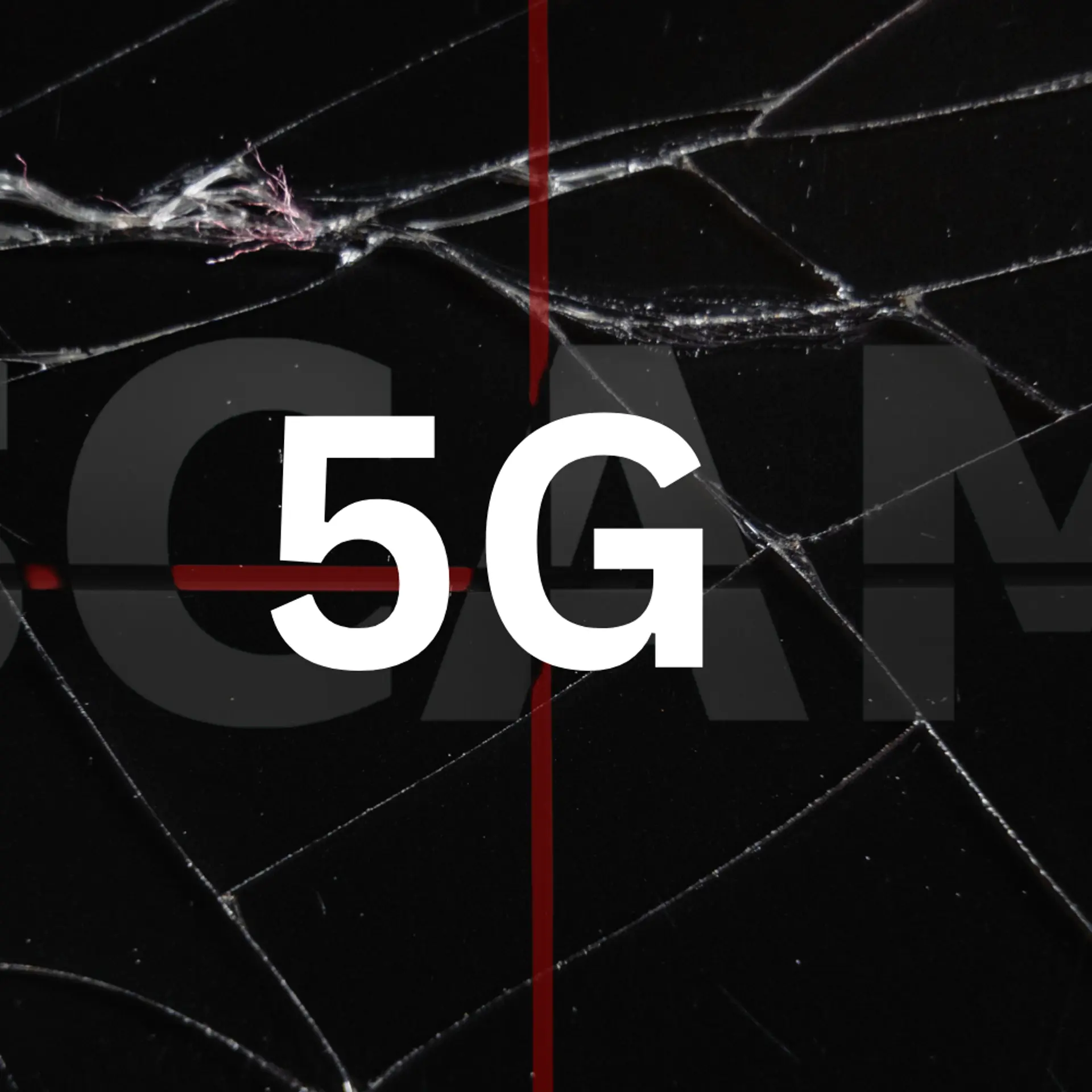Smart home trends in India and how new-age technologies are enabling it
Homeowners are increasingly opting for smart homes as the gadgets are Wi-Fi-enabled and incorporate IoT and voice assistant technology that make them easy to use and result in energy savings.
‘Smart’ as the word suggests is technology that learns and reduces the effort taken by a human to complete a task, whether it be smart phones, smart watches, or smart TVs. The same concept goes with smart homes – this technology understands the usage pattern of the homeowner, reduces the effort one takes and increases the security and safety of the house.
Few years back, the smart home technology was complicated to understand due to the civil work needed to automate the home. Apart from the wiring that a person needs to do at home, smart devices used a common hub to send information to home gadgets such as lights, fans, switches, and other home devices. All the process made adoption to smart homes/smart products slow.
In addition to smart lights, smart switches and smart thermostats, smart home has seen the following advancements in terms of the technology and availability:
1. Smart Wi-Fi products
Given the spurt in the growth of smart homes, leading brands of smart products have begun manufacturing products that don’t need a hub and are easy to install and control. With the incorporation of Wi-Fi technology in the smart products, it has become easy for any homeowner to install and use them efficiently.
With Wi-Fi technology, devices are now capable to communicate directly to the apps without the help of the hub.
2. Wi-Fi mesh technology
Along with the Wi-Fi-enabled smart products, manufacturers have also taken into consideration the requirements of Wi-Fi mesh technology which can connect multiple IoT products without any glitches. This technology helps in providing maximum coverage in the house and making sure all the products are connected to each other.
3. Voice assistant technology
Well-known players in the market have come out with the voice assistant technology which works on people’s voice commands.
With the introduction of voice assistants and control systems, a homeowner can easily control his home remotely. Smart homes have become even more easy to use with voice assistants being able to understand the contextual meaning of a user that brings in a huge advancement in speech technology.
Due to the technological advancements and better availability of the smart products in the market, the adoption of smart home technology has increased and so has the incorporation of the new-age technology in smart products. IoT generates huge amount of data. When we talk about IoT products and smart homes, Machine Learning is a process that will help in innovating a lot of applications and features over and above the existing technologies.
- It will help in monitoring the energy consumption of all your smart devices and give a detailed report of energy consumption habits. The first step to adopting a better lifestyle is to understand what you are currently doing wrong.
- It will also help in understanding the user behaviour and the usage of devices. This will help in providing recommendations for efficient usage of the smart products and understand them to behave automatically.
Due to this advancement of technology in recent times, homeowners can now understand their homes better by tracking their energy consumption and thereby be more environment-friendly.
This brings us to another key aspect of smart homes that is creating a shift towards the adoption of home automation – it helps homeowners reduce cost significantly.
(Disclaimer: The views and opinions expressed in this article are those of the author and do not necessarily reflect the views of YourStory.)








